We often forget viticulture is, first and foremost, an agricultural activity. The glass of wine we sip while sitting in a restaurant or at our own table is the result of the sweat of the winegrowers, of the people who work on the winemaking and wine ageing in the cellar, but also of the incessant and uncontrollable work of nature.
Vine is a plant that is highly susceptible to climatic variations, temperature changes and adverse weather situations such as frost, hailstorms and sudden heat waves. This is why climate change, the effects of which were even more evident this year, cannot fail to make us reflect on the future of the vine.
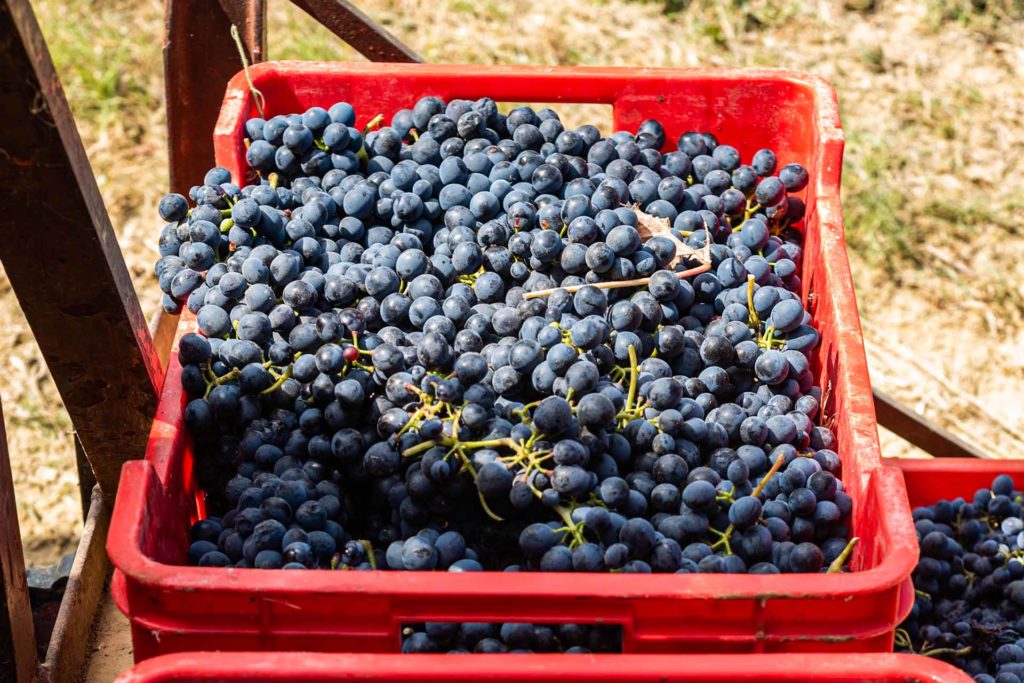
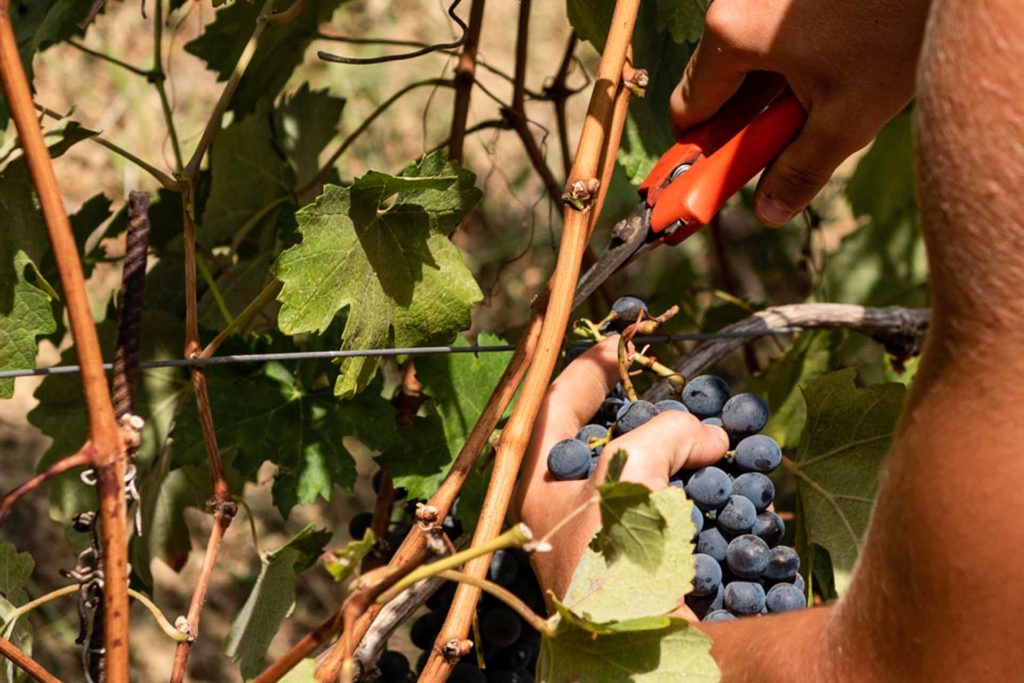
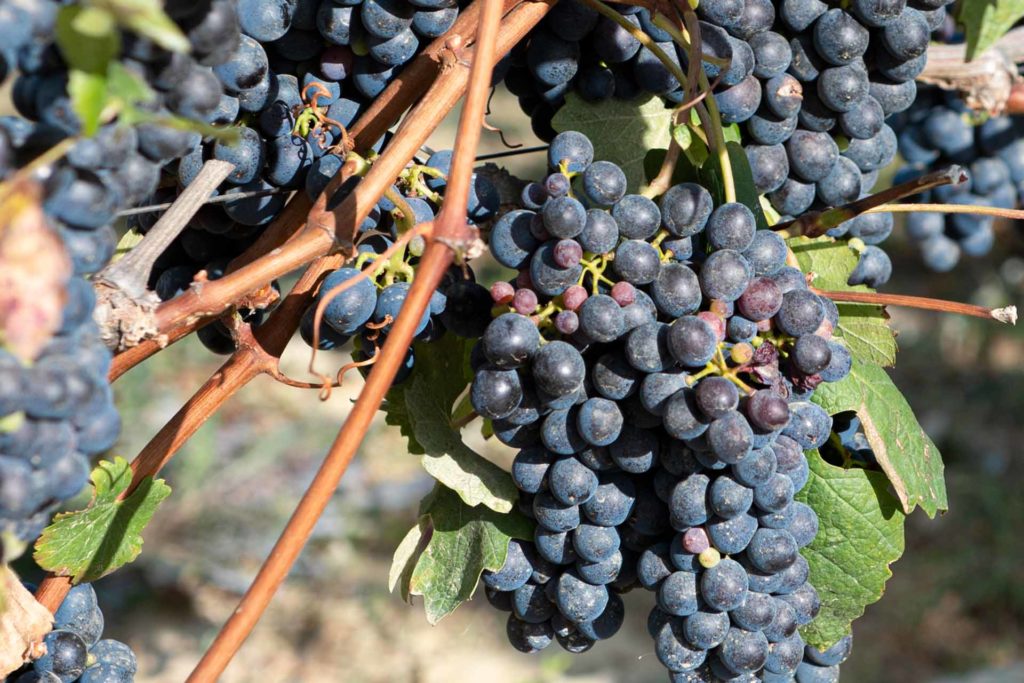
Autumn = grape harvest?
Autumn has only just arrived, and yet this year the grape harvest began in many regions right at the height of summer, in the middle of August, due to a weather situation of extreme dryness. In Piedmont, approximately 272 mm of precipitation were recorded from January to July, 50% less than the average value for the last 30 years. A fact that led to a winter with very uneven sprouting and a spring among the driest in recent years.
Nevertheless, the trend now seems to be constant, especially with regard to the rise in average temperature and the distribution of annual rainfall (increasingly more subject to violent and unpredictable phenomena).
In fact, for grape varieties ripening in the medium or long term, the typical October harvest seems to be a mirage, so much so that it is now at least 20 days earlier than in the 1980s. A phenomenon, that of the ‘early harvest’, which makes the vineyard a true indicator of climate change.
A very different reality from that of 20, 30 or 40 years ago… do you remember the nursery rhymes we were taught as children at school?
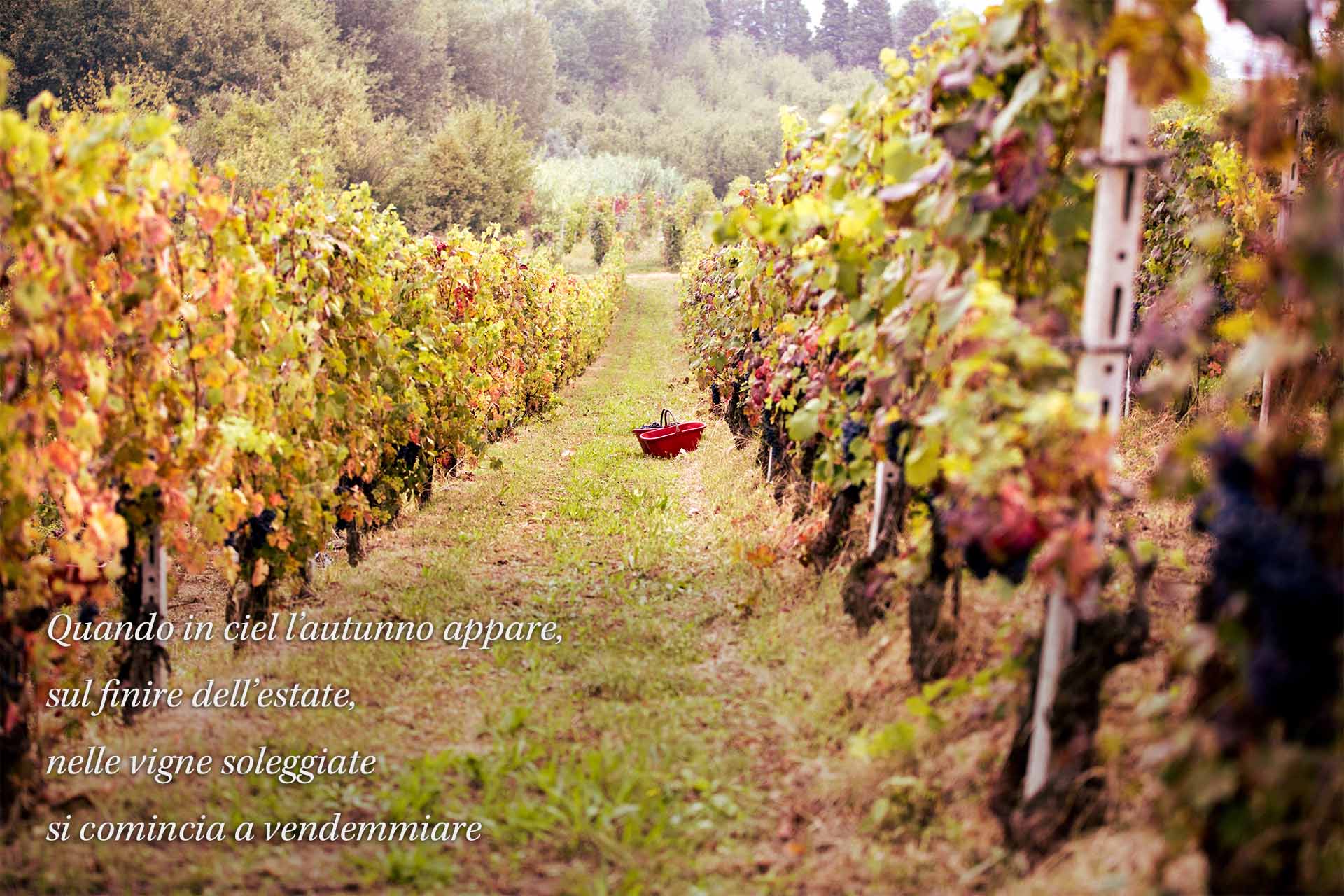
The effects of climate change on wine
According to a 2020 study by the French Institute for Agronomic Research, if temperatures rise by an average of 2°C by 2050, as predicted, 56% of the world’s current wine-growing regions could disappear.
Suffering from this loss would mainly be Mediterranean countries such as Italy and Spain, which could lose many climatically suitable areas for growing grapes.
Outside temperature affects vine phenology and fruit composition, water scarcity leads to ever-increasing water stress situations, and higher UV-B radiation increases colour synthesis on red grapes, but also on white grapes.
To cope with such changes, in fact, in recent years in Piedmont the chardonnay and pinot noir vineyards used for Alta Langa sparkling wine have been moved from 250 to 800 metres above sea level, in order to maintain the typical acidity and freshness of this amazing wine. On the other hand, the native Barbera vines in some cases benefited from the higher temperatures, giving more complex and structured wines.
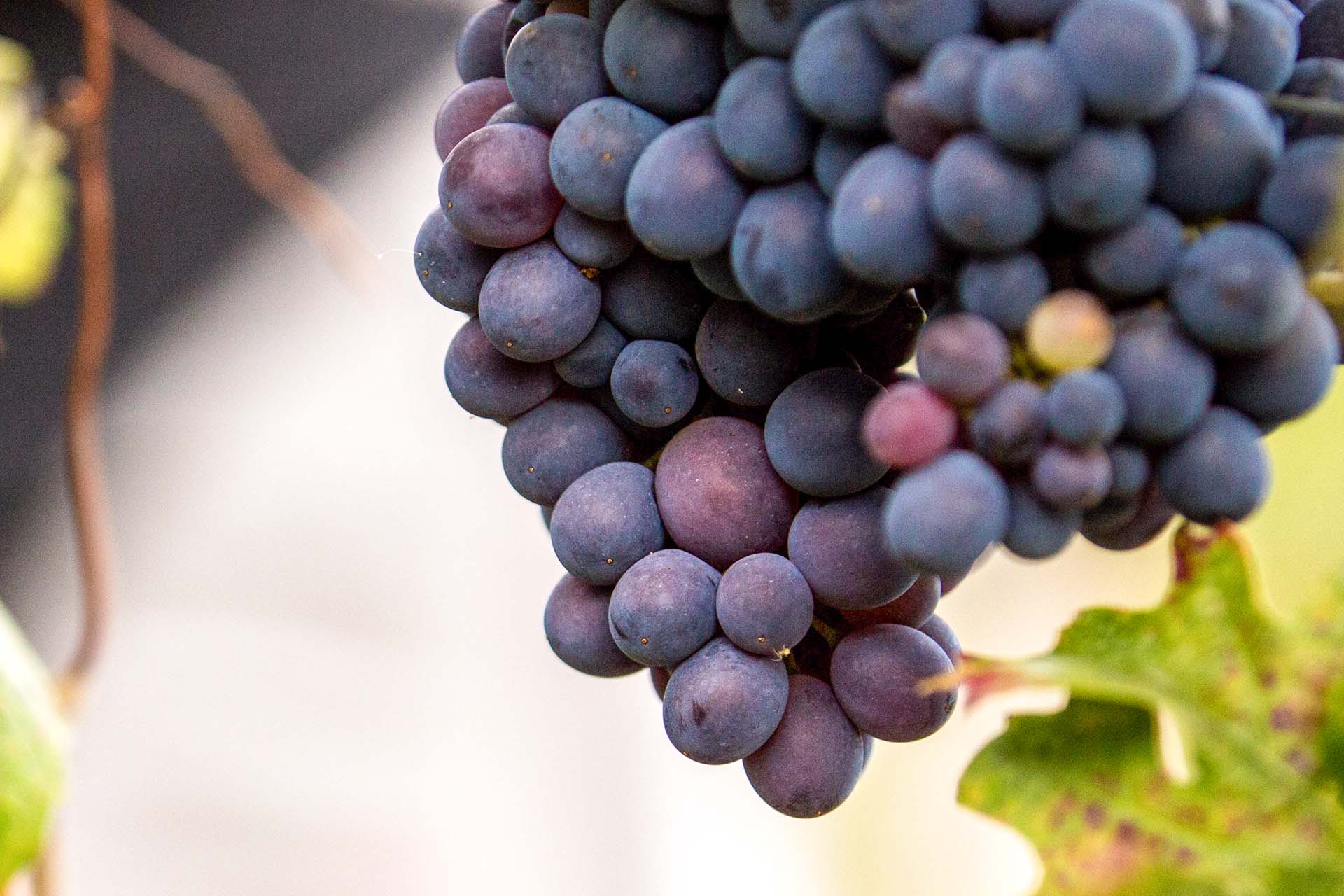
The resilience of the vine, a lesson from nature
The future of our grapes depends on the political decisions that will be taken in the next few years, on the technological evolution that is already working to find more and more innovative solutions, and it also depends on us.
We have reached a point where it is no longer possible not to acknowledge the climate change, with an awareness of the risks that global warming entails.
However, working with plants comes with one great advantage: it allows us to learn from them the deepest concept of resilience, in the sense of adaptation.
These changes could not, in fact, fail to lead to careful agronomic changes, such as the choice of vineyard density, which must necessarily take into account the water requirements of the environment, the exposure of espaliers, the search for optimised irrigation methods, soil and canopy management and, as mentioned, the altitude of the new vineyards.
But the revolution does not stop in the vineyard, and it is precisely for this reason that there are so many initiatives Vinchio Vaglio Cooperative Winery has implemented over the years to fight climate change through concrete actions of respect for the environment, such as the increase in green materials for packaging, the use of renewable energies, the respect for the land, the preservation of ecosystems and the appreciation of the territory.
We cannot predict weather phenomena, but we can make plants more resistant, the soil more ‘flexible’ and people more careful about what they consume, so that agriculture is in perfect harmony with nature.
Climate changes, agronomy changes and habits change for a wine that looks ahead with liquid solidity.

